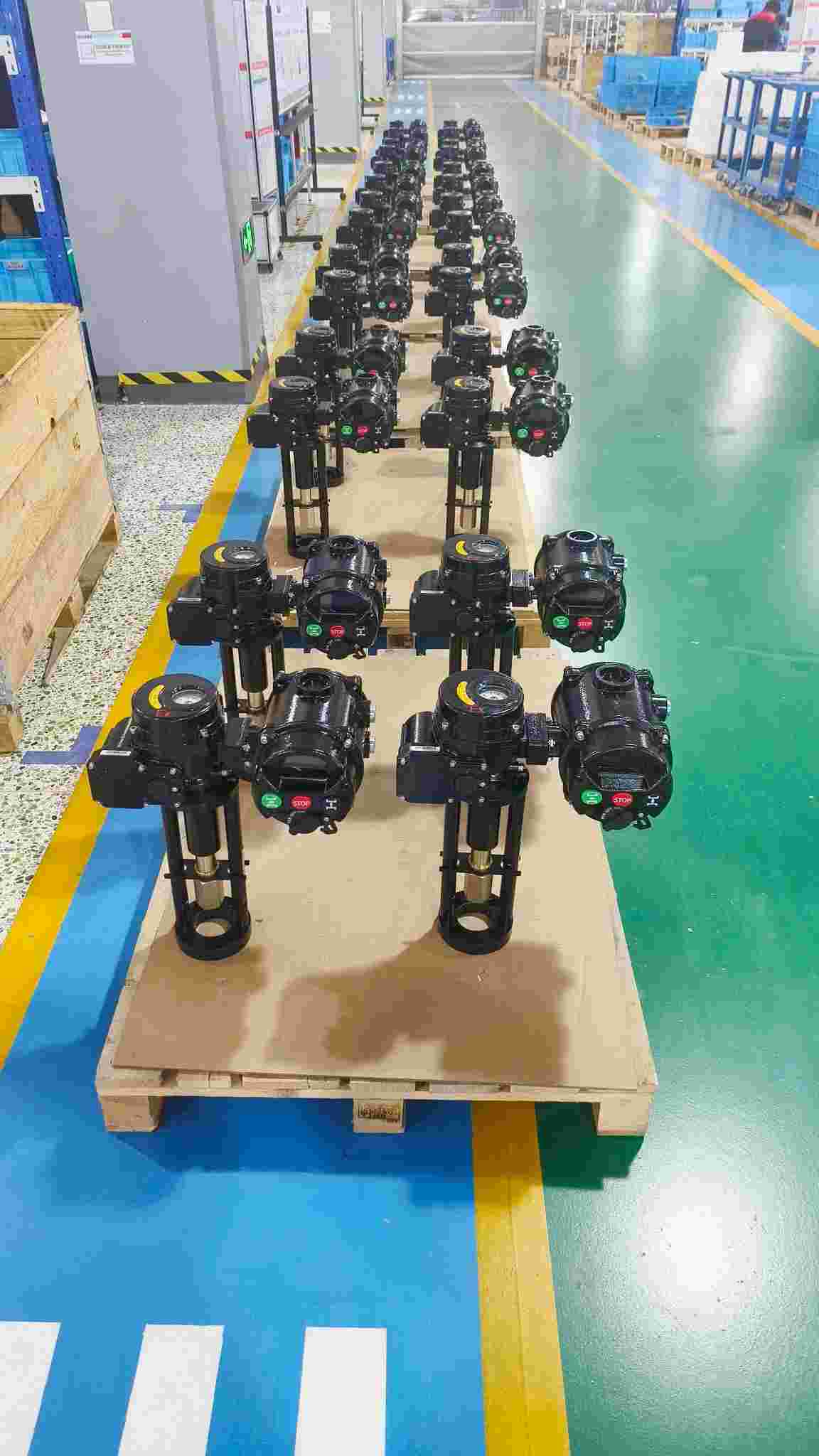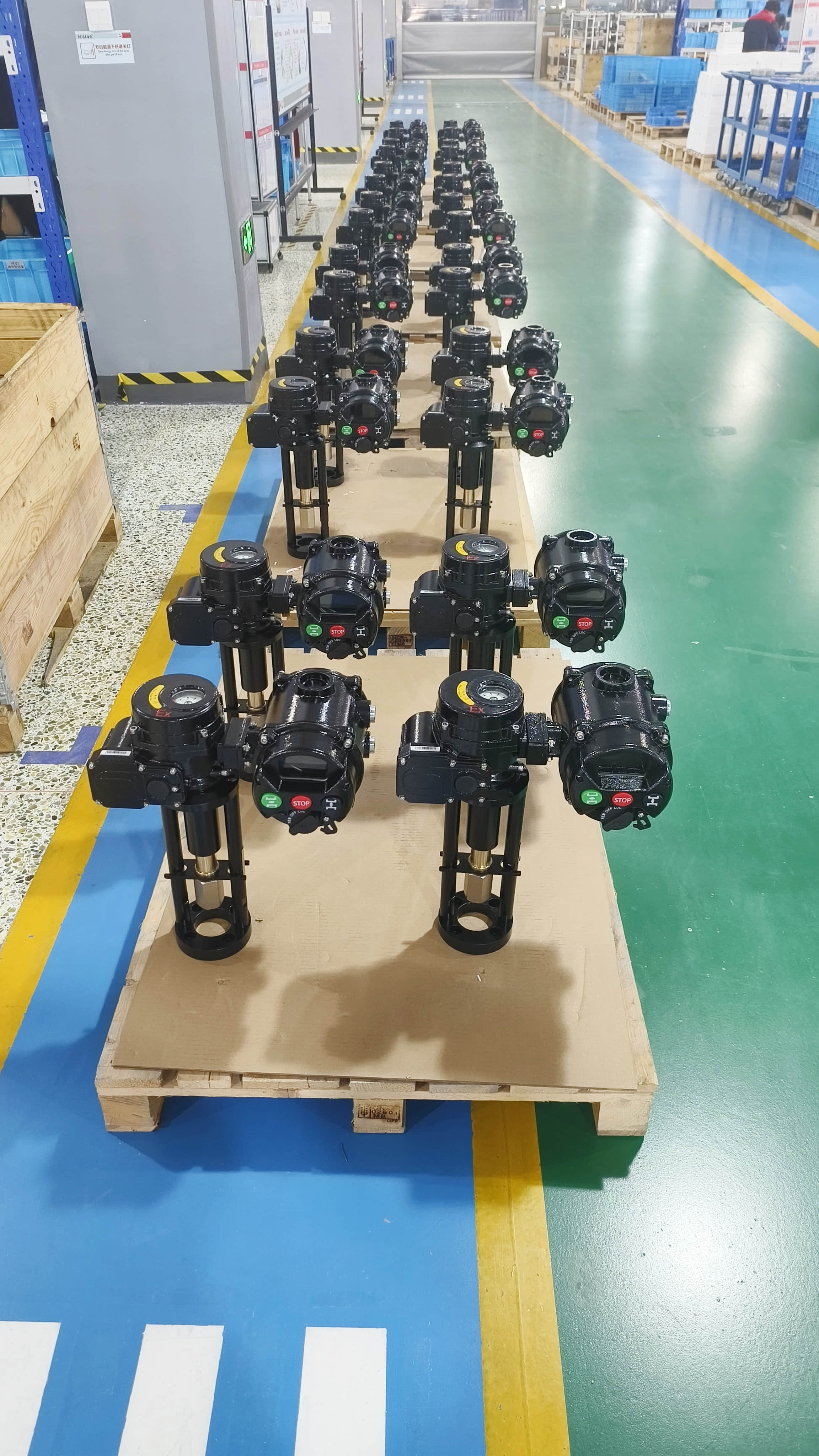
In today’s world, automation and precision are paramount in various industries such as robotics, aerospace, automotive, and industrial processes. As technology advances, the demand for more efficient, compact, and intelligent systems has driven the development of a new breed of actuators known as Intelligent Integrated Actuators (IIAs). These devices represent a significant leap forward in terms of functionality, efficiency, and versatility, as they integrate key components such as actuators, sensors, and controllers into a single unit. In this article, we will explore the role of IIAs, their benefits, and their potential to revolutionize automation across different sectors.
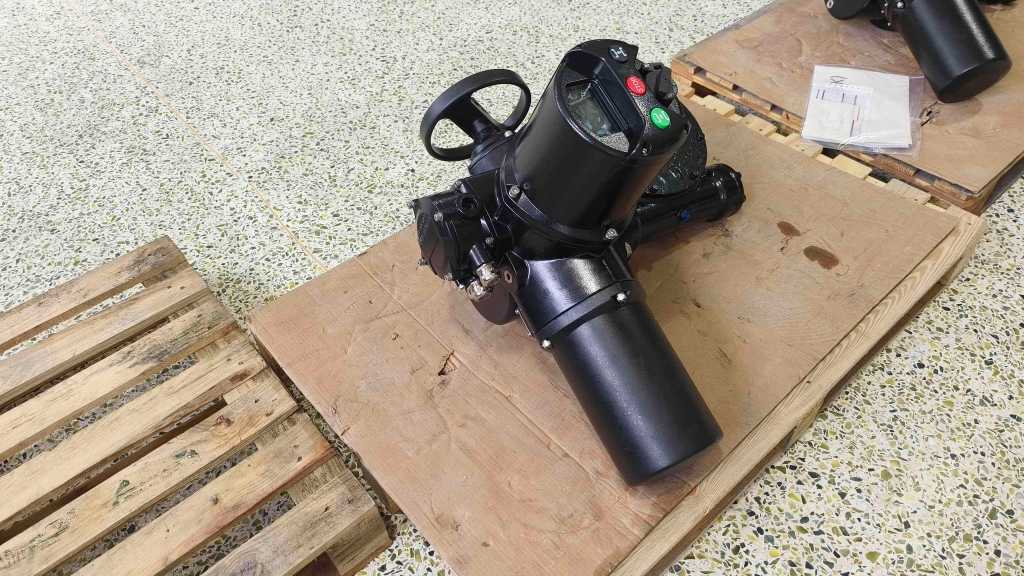
What is an Intelligent Integrated Actuator?
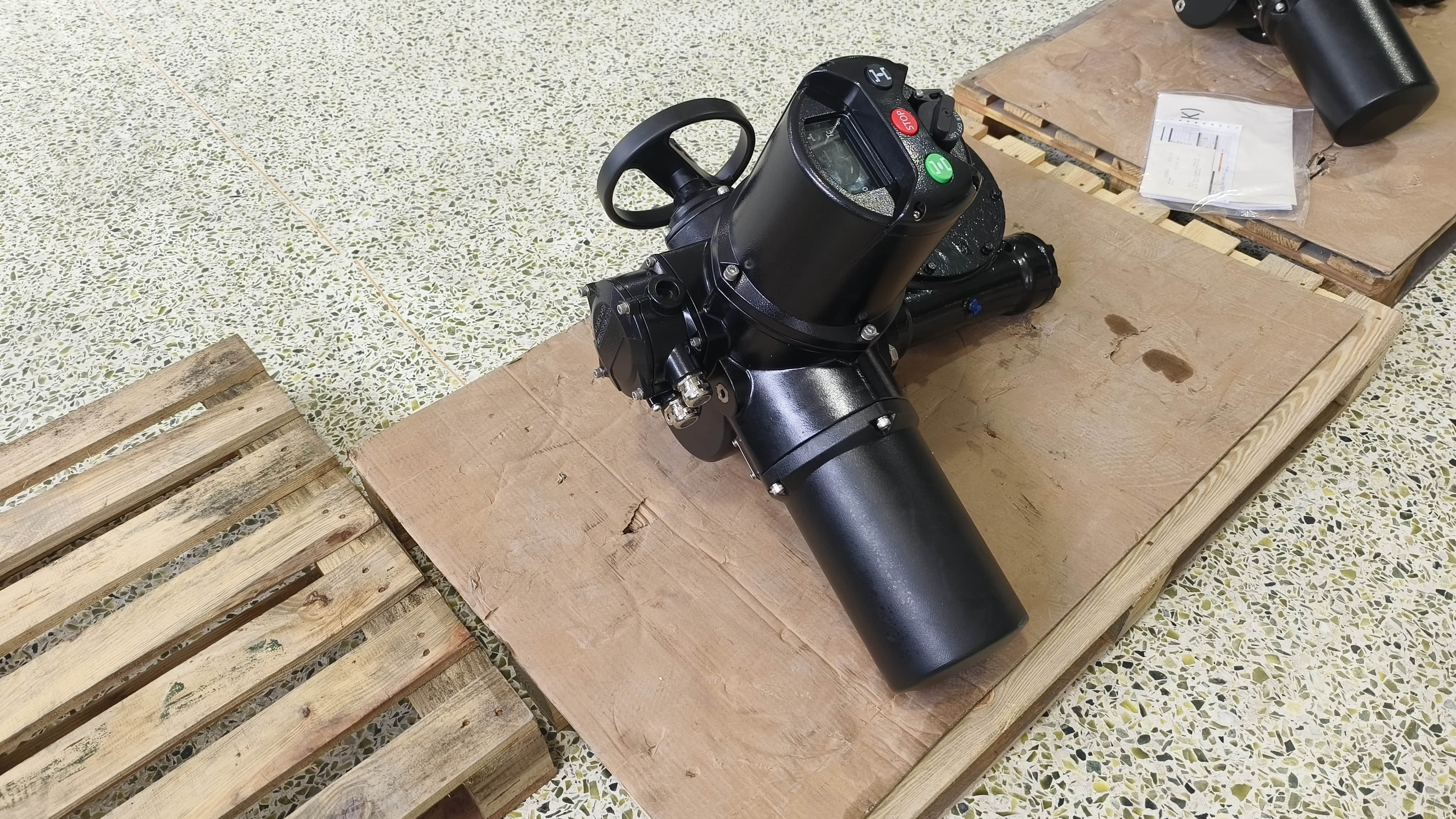
An Intelligent Integrated Actuator is a self-contained device that combines multiple functionalities into one compact and efficient unit. Traditionally, an actuator is a component responsible for converting energy (usually electrical, hydraulic, or pneumatic) into motion, driving mechanical systems such as motors or valves. However, an IIA integrates not only the actuation mechanism but also sensors for real-time monitoring and a control system to regulate its operation. This self-regulation allows IIAs to adapt to dynamic conditions, making them more flexible and efficient than conventional actuators.
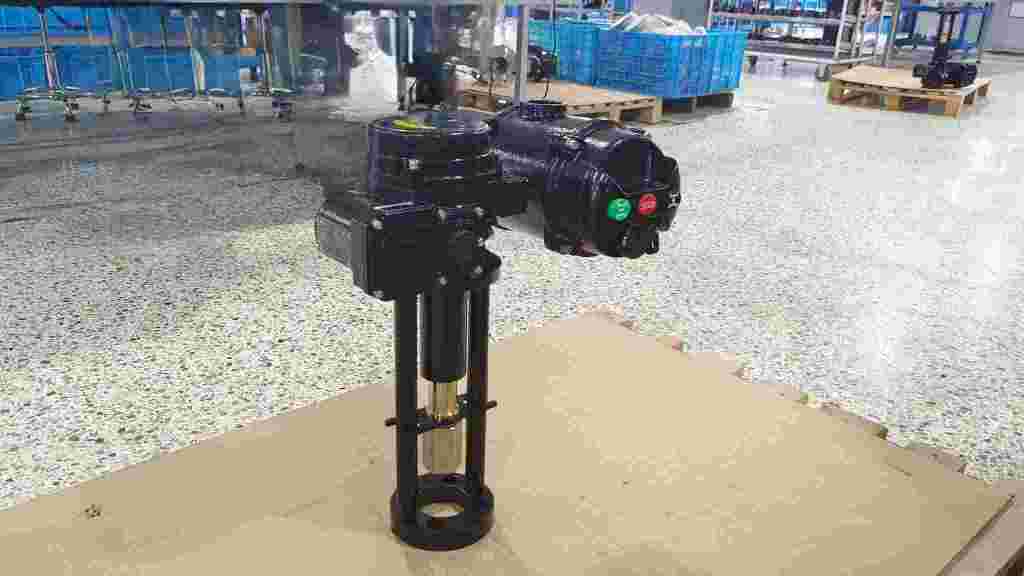
Components of Intelligent Integrated Actuators
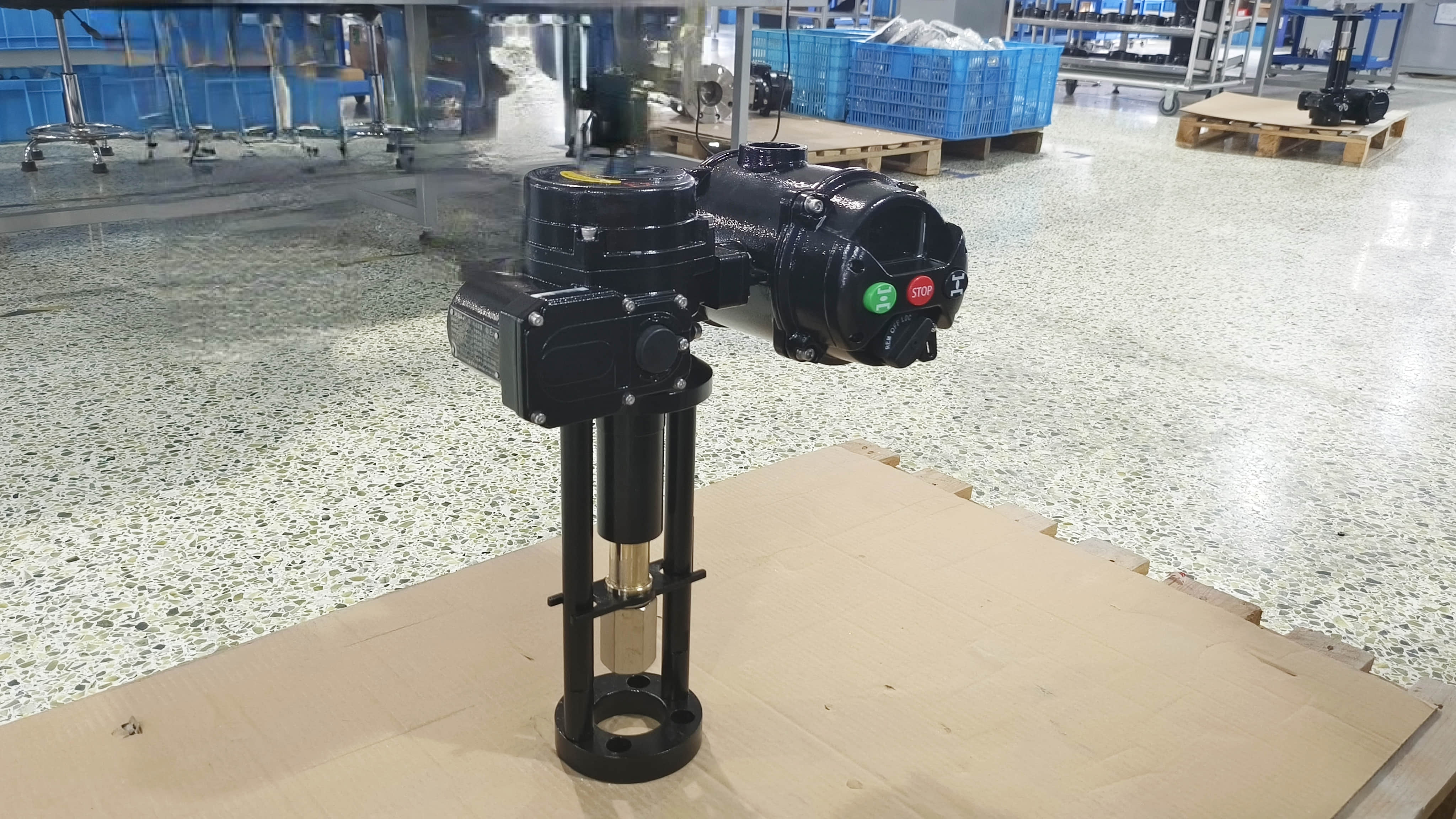
The core components of an IIA include:
